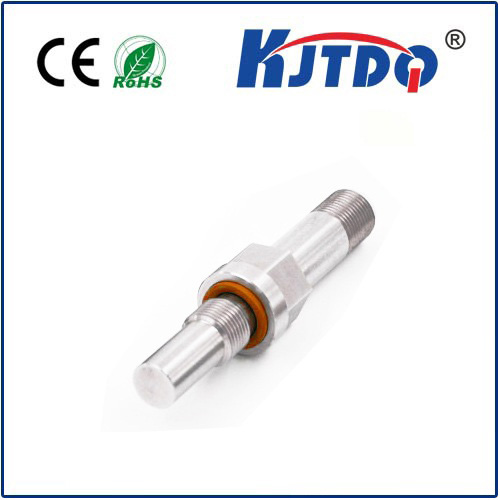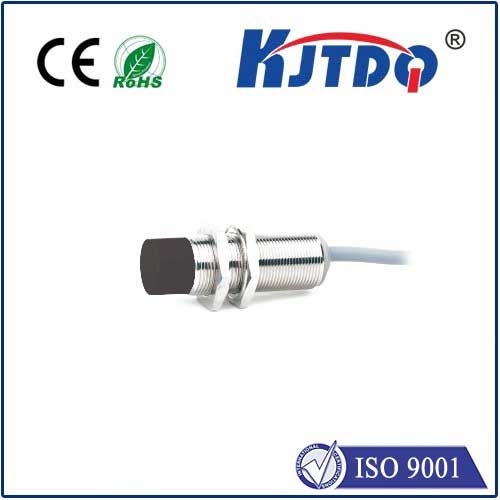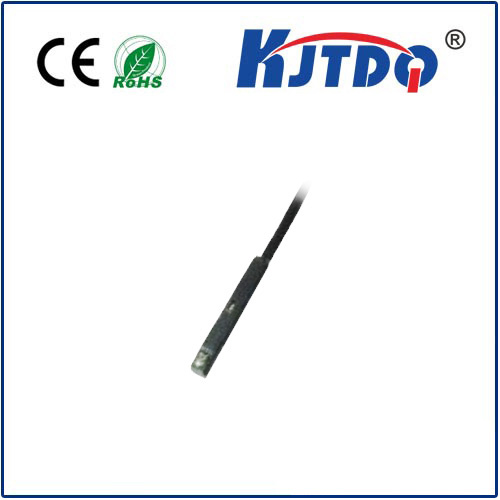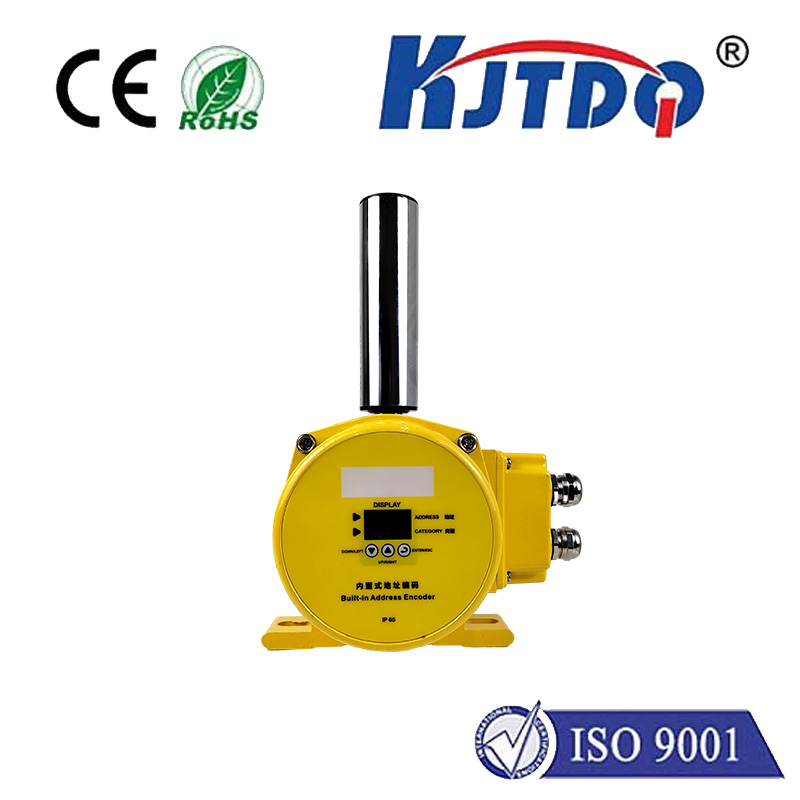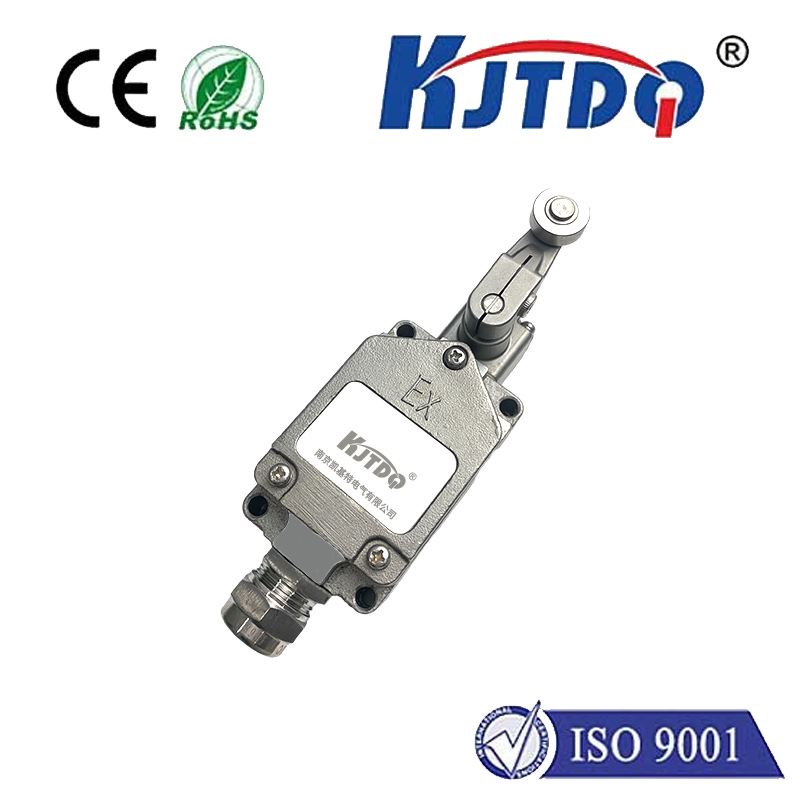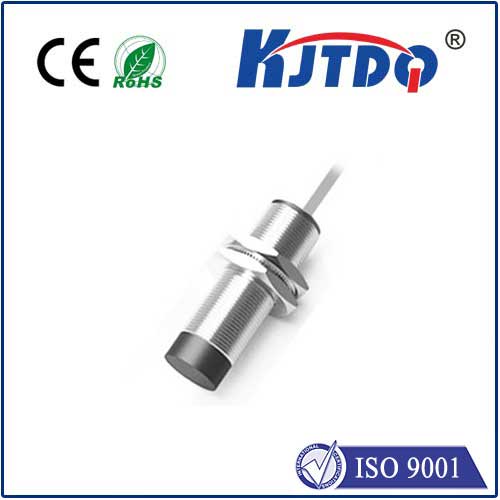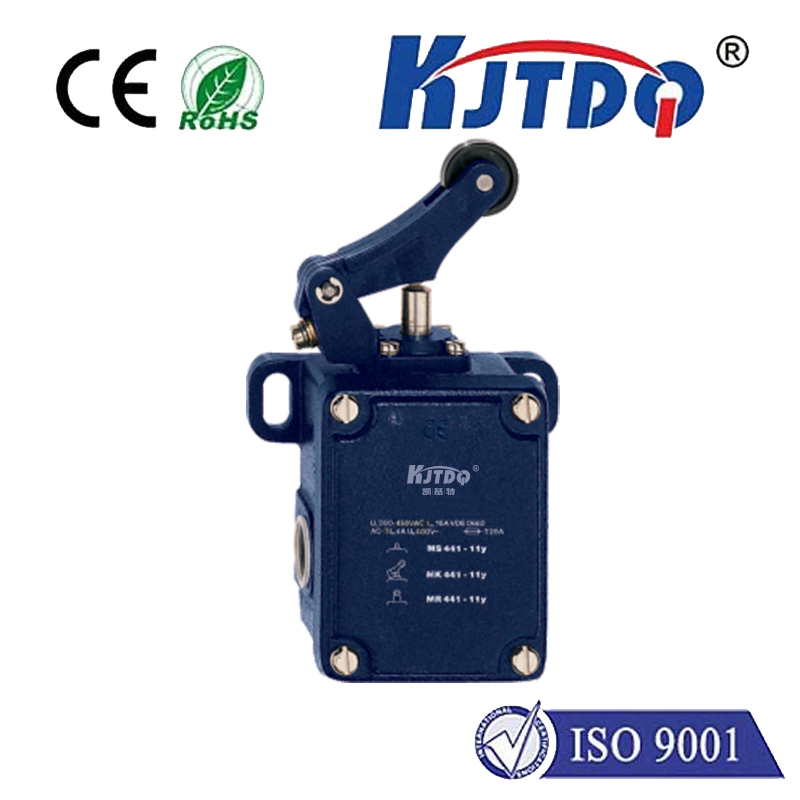BES030L high pressure proximity sensor
- time:2025-09-29 22:48:22
- Нажмите:0
Conquer High-Pressure Environments: The BES030L Proximity Sensor Advantage
Imagine the immense force pulsating within a hydraulic press, the silent power driving a massive injection molding machine, or the relentless pressure within critical pipeline systems. In these demanding industrial landscapes, a single sensor failure can mean catastrophic downtime, costly repairs, or even safety hazards. Monitoring moving components, detecting cylinder positions, or ensuring valve status requires a sensor built not just for proximity, but for survival under extreme duress. This is where the BES030L High-Pressure Proximity Sensor steps into the spotlight, engineered to deliver unwavering reliability where conventional sensors falter.
Understanding the Crucible: The Need for High-Pressure Proximity Sensing
Not all proximity sensors are created equal. Standard inductive sensors excel in countless applications but often reach their limits when faced with environments characterized by exceptionally high pressures – think hundreds or even thousands of bar. These intense forces can:
- Compromise Sensor Integrity: Literally crush sensor housings not designed for such loads.
- Induce Signal Drift: Cause internal components to shift minutely, leading to inaccurate readings.
- Enable Seal Failure: Allow pressurized media (oil, water, gas) to breach the sensor internals, causing malfunctions or destruction.
- Shorten Lifespan: Subject materials to excessive stress, accelerating wear and tear.
Industries like heavy machinery manufacturing, hydraulic power units, oil and gas exploration, high-pressure testing rigs, and specialized process automation demand sensors that don’t just sense proximity but also act as robust, pressure-resistant barriers. The BES030L is explicitly designed to meet this critical dual role.

The BES030L: Engineered Resilience Meets Precision
The BES030L isn’t merely labeled “high-pressure”; its construction embodies this characteristic. Its defining strength lies in its exceptional hydrostatic pressure resistance, typically rated for environments exceeding 600 bar (8700 psi) or significantly higher, depending on specific model variants. This capability allows it to be installed directly within the pressurized zone – say, mounted directly onto a hydraulic cylinder block – where it can perform its detection function most effectively. How does it achieve this?
- Robust, Sealed Housing: Crafted from high-grade stainless steel or similarly resilient materials, the housing is designed to withstand immense compressive forces without deformation.
- Advanced Sealing Technology: Multiple redundant sealing systems, often incorporating specialized high-pressure O-rings and innovative sealing geometries, create an impervious barrier against fluid or gas ingress, even under extreme pressure cycling.
- Pressure-Compensated Internals: Sophisticated designs often incorporate features internally to mitigate the effects of pressure differentials across seals, ensuring consistent sensing performance.
- Ruggedized Sensing Element: The core inductive sensing element is protected and stabilized within this robust enclosure, ensuring reliable detection of ferrous metal targets (like piston rods) despite the harsh external conditions.
Beyond its pressure prowess, the BES030L leverages proven inductive proximity sensing technology. This offers:
- Non-Contact Operation: Eliminates wear and tear on the sensor and the target, ensuring long operational life.
- High Switching Frequency: Capable of detecting very rapid movements, crucial for monitoring fast-moving components in machinery.
- Immunity to Contaminants: Unaffected by dust, oil, water mist, or other non-metallic particles commonly found in industrial settings (within its IP rating).
- Simple Integration: Typically available with industry-standard M8, M12, M18, or M30 threaded barrels and PNP/NPN output configurations using reliable connectors (e.g., M12), enabling straightforward replacement or integration into existing control systems.
Where the BES030L Proves Indispensable
The high-pressure proximity sensor BES030L finds its true calling in applications where pressure is the defining environmental factor. Key use cases include:
- Hydraulic Cylinder Position Feedback: Directly sensing piston rod position within high-pressure hydraulic cylinders for precise control in presses, injection molding machines, construction machinery (excavators, cranes), and metal forming equipment. This eliminates the need for complex external linkage systems prone to failure.
- Valve Position Monitoring: Verifying the open/closed status of critical high-pressure valves in process control, power generation, and oil & gas applications, providing essential feedback for system safety and control logic.
- Hydraulic Pump & Motor Monitoring: Detecting shaft rotation or piston position within high-pressure pumps and motors for condition monitoring, speed detection, or control purposes.
- High-Pressure Test Stands: Providing reliable position or presence detection during rigorous testing of components like pipes, vessels, and valves subjected to extreme pressures.
- Turbines & Compressors: Monitoring blade position, shaft movement, or valve status in high-pressure sections of turbines and gas compressors.
- Subsea & Offshore Equipment: Utilized in equipment operating at significant depths where hydrostatic pressure is immense.
Key Considerations for Deployment
To maximize the performance and longevity of the BES030L sensor, several factors are crucial:
- Pressure Rating Match: Ensure the sensor’s specific pressure rating (e.g., 600 bar, 1000 bar) exceeds the maximum operating pressure (including potential pressure spikes) of the application.
- Chemical Compatibility: Verify the sensor’s wetted materials (housing, seals) are compatible with the fluid or gas present in the pressurized environment (e.g., hydraulic oil types, seawater, specific chemicals).
- Temperature Range: Confirm the sensor’s operational temperature range encompasses the extremes experienced in the application.
- Target Material & Size: Inductive sensors require ferrous metal targets. Ensure the target material (steel, iron) and its size/shape meet the sensor’s specifications for reliable switching distance.
- Proper Installation: Follow manufacturer guidelines regarding mounting torque, seal lubrication (if specified), and electrical connections to prevent damage and ensure optimal pressure sealing.
The Inductive Choice for Extreme Force
In the relentless world of heavy industry and high-pressure systems, sensor failure is not an option. The BES030L High-Pressure Proximity Sensor transcends the limitations of standard sensors, offering a critical fusion of robust pressure containment and reliable inductive sensing precision. Its specialized construction, focused on withstanding crushing forces and preventing media ingress, makes it the go-to solution for engineers demanding unwavering performance from critical position and presence detection systems operating under duress. When your application pushes the pressure envelope, specifying the BES030L isn’t just a choice; it’s an investment in uptime, safety, and operational certainty. It’s the sensor engineered to not only sense but to endure.

